Sand fleas are quite dangerous parasites that in some parts of their range create a serious problem for local public health. Unlike their other biological relatives, they not only bite and suck blood, but can also bite into the skin and lead to the development of a serious disease that doctors call sarcopsyllosis.
However, it should be noted that in Thailand and Vietnam, cases of beach vacationer bites are more often associated not with fleas, but with other blood-sucking and simply biting insects, which tourists collectively call fleas. The fact is that sand fleas are rare in Vietnam and Thailand, and they cannot produce multiple bites described on the forums. Therefore, when planning a trip to Southeast Asia, you should get to know both the so-called "sand fleas" themselves and the insects with which they can be confused.
Review
“I was bitten by fleas only in Vietnam and only on some beaches. In general, they have seasonality, in October there are most of them. In Thailand, they were bitten several times on the beach, but they were midges. They are ephemeral, usually they don’t even scurry around the sea, but near all sorts of ponds.
Olga, Moscow
What sand fleas look like: detailed photos
The sand flea is a small parasitic insect, a relative of the cat and rat fleas common to Russia. The length of her body is about 1-2 mm, and the width is 1 mm. The insect does not have wings and cannot fly, but at the same time it jumps very well and can move 30-35 mm in one jump.
Young individuals of sand fleas have a dark brown body integument, they are shiny and hard enough - it is almost impossible to crush an insect with a finger (see photo).

Sand flea larvae look like tiny white worms. Their body length is 3-4 mm, and they live in grass, in the floors of village huts and in heaps of garbage.
Female sand fleas differ significantly from males, as they prefer a more sophisticated way of feeding than simple bites (see below for more on this).
The bites of male sand fleas are simple red dots on the body that are painful in the first few hours and intensely itchy for several days after the onset.
The photo shows typical sand flea bites that will stop bothering a person after 3-4 days:
But the female sand fleas, hitting a person, bite into the skin and so rest their paws on the tissue that it can be extremely difficult to remove them from under the skin. Here the insect reaches the blood vessel and literally adheres to it, constantly feeding on blood.
In her body, eggs begin to ripen - several hundred - and from 2-3 mm the parasite grows to the size of a pea. Such a female has a white body and is not able to move. When the eggs are mature, she shoots them out of the oviduct, and her body itself somewhat subsides and shrivels. Sometimes after this the flea leaves the wound.
The photo below shows a female sand flea that drank blood and was removed from the body.
person, as well as the bite itself:
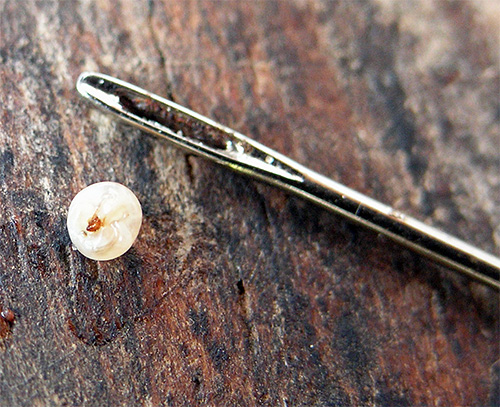

Review
“I ended up in the hospital in Thailand with malaria. A guy was lying next to me, some kind of peasant, they pulled out about six fleas from his legs, so white and fat. The doctor said that if suppuration began on the finger, it could fall off. He also put it this way, like self-amputation.”
Oleg, Cheboksary
After the penetration of the insect under the skin, a person experiences severe pain, the tissues around the sand flea abscess and become inflamed. Most often, insects affect the feet of people who walk without shoes, less often - the back, thighs, buttocks and arms. The most common entry site for the parasite is under the nails. An ulcer may form at the injection site, and if a secondary infection occurs, a generalized disease may begin.
The photo below shows examples of human infection with a sand flea:
Considering that among Russian tourists in Thailand and Vietnam there were practically no those who were infected by sand fleas in this way, we can conclude that completely different insects are often referred to by this name.
Where do sand fleas live and how do they bite?
Sand fleas live in almost all tropical countries, but most of them in the Caribbean - Cuba and Jamaica, Trinidad and the Dominican Republic - and Africa.
Sand fleas are rare in Thailand, they are more numerous in India. Sand fleas in Vietnam are somewhat more common, but even here they practically do not affect tourists, since they are found mainly in rural areas and the slums of large cities.
In areas where sand fleas are common, they are found almost everywhere: on the ground, under rocks, in dwelling floors, in animal bedding on farms, on beaches, under trees. They can parasitize on a large number of animals - from rats and rabbits to cats, dogs, goats and humans, and therefore find prey almost everywhere.
Review
“In Tobago, fleas bit me once. When I remember, I shudder. Not on the beach, but in the forest, on the banks of the river. There was such a luxurious shoal with white sand that I swam and collapsed to rest. I woke up from them - they gnawed, probably, about 20 pieces at the same time. Then all these bites itched so much that I walked the rest of the vacation like a lousy one. Two fleas crawled under the skin and began to boil there. The pain was terrible. They were cut out in the hospital, they told me not to swim in the forest anymore.”
Igor, Kyiv
But if it so happened that sand fleas have bitten, treatment should begin immediately.
How to treat flea bites in Thailand and Vietnam
Usually, special treatment for flea bites is not required, but only on the condition that the insect has not penetrated the skin.
- Itching is removed by any anesthetic cream. Yellow Balm is very popular in Southeast Asia.
- In case of suspicious swelling at the site of the bite, you should go to the hospital. Perhaps a parasite has settled under the skin. If this is just a reaction to a bite, the swelling can be removed with Fenistil gel or Compound Dexamethasone Acetate Cream.
- In case of a severe allergic reaction with a rash and fever, you should contact the clinic and start taking antihistamines.

Getting rid of sand fleas that have penetrated the skin is difficult.Some try to remove the parasite on their own with a needle or knife, but it is better to contact the clinic. The fact is that the flea itself is in close proximity to the blood vessel, and if you accidentally crush it, then the contents of the insect can enter the bloodstream.
Usually, if fleas began to bite on the beach, it makes sense to move to the next one. In Vietnam, Indonesia and Thailand, hotel owners are aware of the problem of parasites on the beaches and regularly sift the sand there. Therefore, fleas most often bite in wild areas.
With whom sand fleas can be confused (and most often confused)
But it is in Thailand and Vietnam that sand fleas are most often mistaken for insects that have nothing to do with these parasites at all. For example:
- Midges and mosquitoes. Some midges are so fast that when they fly off the surface of the body, it is difficult to notice them, but they leave bites that are very similar to flea bites.
- Ants that bite when accidentally crawling onto the body and pressing down, for example, with a hand.
- Ticks. They can drink blood for a very long time and are almost always painless, but they leave behind large, painful bumps.
- Bedbugs, but only in the most uncomfortable hotels and bungalows. Bed bugs leave multiple bite marks, but never cause bumps to grow.
Usually sand fleas bite vacationers only on the legs. To check, the upper part of the feet and calves can be smeared with a thick layer of cream, and the parasitic insect will get stuck in it. After it, you can examine it and find out what kind of species it is.
Security measures: what to do so that fleas on the beach do not bite?
On the well-groomed and clean beaches of hotels in Vietnam and Thailand, you should not be particularly afraid of fleas - here they are actively fighting with them.
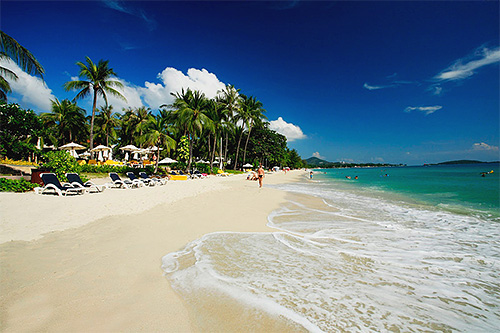
But if there is a desire to tickle your nerves (and legs) on a wild beach or in the forest, but not become a victim of fleas and other parasites, you should:
- Get dressed. Preferably in pants, a long-sleeve shirt and socks. Tie a scarf around your neck.
- Spray legs, arms and neck with a repellent containing a lot of DEET.
- Avoid driving in areas with tall grass.
- Try not to step into puddles.

When sunbathing on the beach, at the very first bites, you should move to a place lit by the sun. Fleas, and other parasites, prefer to be in the shade of trees and usually do not climb out into the sun. Also they are untouched in sea water.
Have a nice holiday!

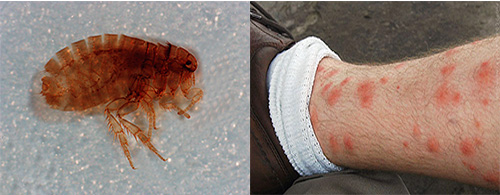

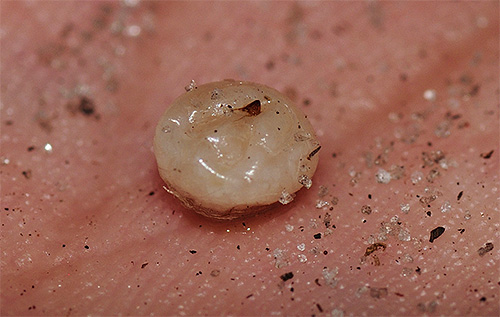
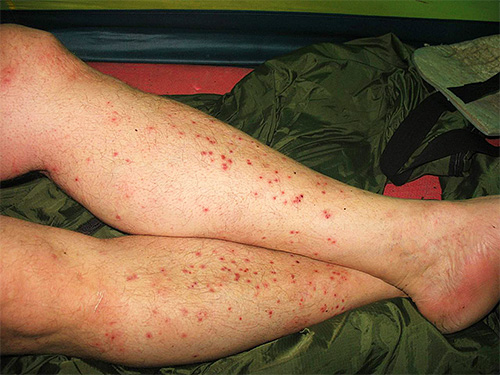

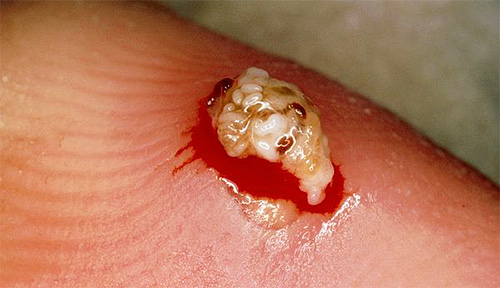
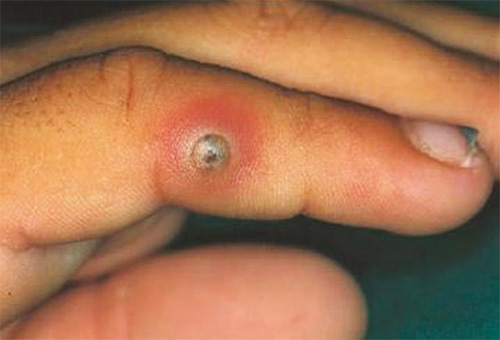
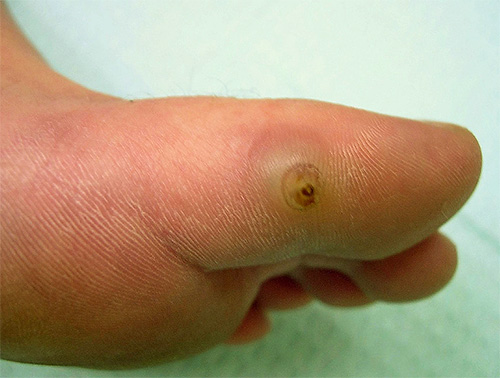

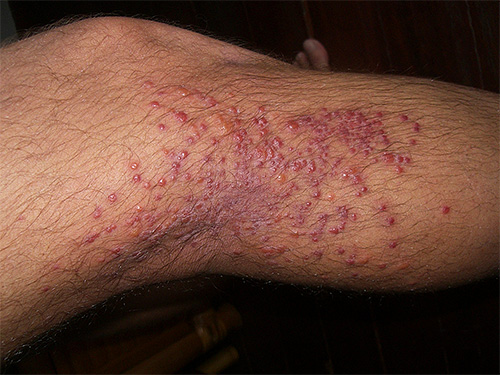

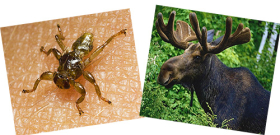
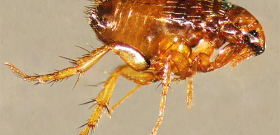
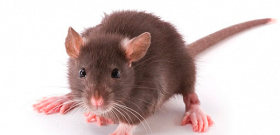
This is some kind of nightmare! It's good to live where it's always summer, but what filth just doesn't live there!
Looks like we're not the only ones who want to live where it's always summer.
Cool! Great site, great stuff!
These creatures are terrible 0_§
I never thought, but it was in Nha Trang in April 2017 that I was bitten by a female sand flea. The flea was removed surgically.
My husband was bitten by these creatures in Vietnam. Treated for six months.
Irina, good afternoon! How were you treated? Similar problem. We returned from Nha Trang bitten.
I wanted to go to China with a friend, but now I won’t go for anything. I'm allergic to mosquito bites and their fleas will definitely kill me.
We've been to Thailand and Vietnam. Yes, I felt some tingling when I sat right on the sand, but, thank God, that ended. There was no inflammation or scabies.
Two days ago we returned with my family from Vietnam, rested in the Fahtiet area. They bit me and my wife badly. The hotel administration complained, we were immediately in the spa, treated with some herbs, given ointment, vitamins, and apologized greatly. But it itches, itches, just tin, and still does. The hotel is very good, the beaches are clean, but we were bitten a lot! Prior to that, they rested in Nyachang for two years in a row, there was nothing, and in Cuba they were also without problems! This is the first time such an ambush. And what is even more interesting - the children were not bitten. Locals say they don't bite everyone.
Good evening. We rested in December 2017, now it’s March, and I have the same bite spots, it’s still impossible to itch ((I’m a dermatologist myself. I tried all the ways, but nothing helps. I’m already desperate.
She returned from Vietnam, rested in Faheta and Nha Trang. Came back with otitis. First of all, I went to the doctor, the doctor prescribed drops and said in a week to come to wash the sulfur plug if the deafness (symptoms) did not go away.I came a week later, they washed my ear and some kind of beetle fell out of there! I understand now that it was just a sand flea. This, of course, is tin. I hope she didn't leave me any offspring...
We are resting in Thailand with our grandson, he is 3 years old. I already regretted going. 2 more weeks. Bitten, I don't know by whom. Looks like mosquito bites. Even the stomach and chest were covered with spots, similar to prickly heat. The child was healed, it is called ...